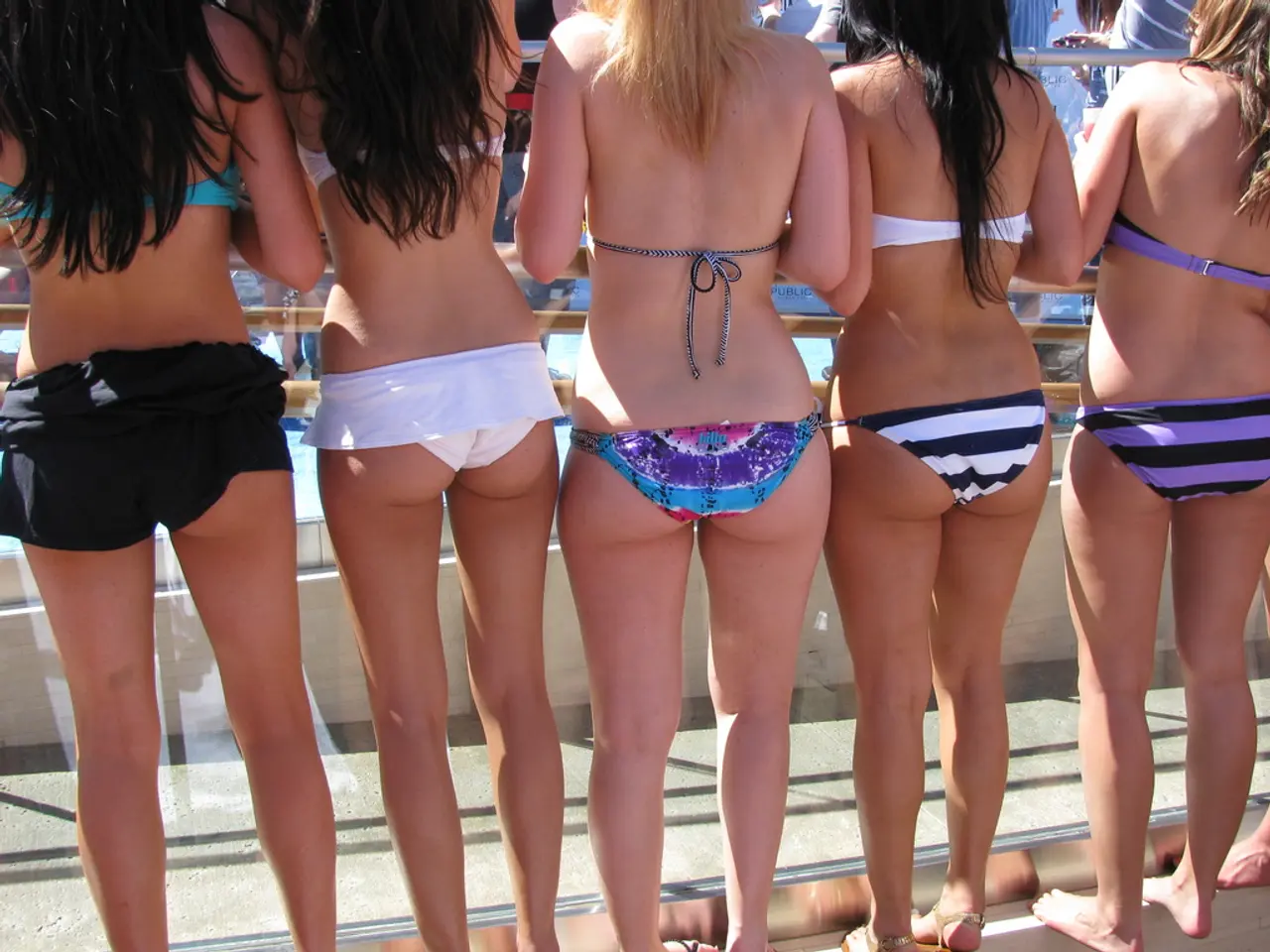Shall Additional Blades Enhance a Razor's Performance?
A razor with multiple blades can provide a closer shave due to the progressive cutting action, where the first blade lifts the hair while subsequent blades trim it progressively shorter [1]. However, multi-blade razors can accumulate hair and soap residues between blades, potentially reducing shaving quality if not cleaned properly.
When it comes to the number of blades and shaving technique to avoid nicks and irritation, it's essential to consider your skin sensitivity and hair type.
Single or double-blade razors are generally recommended for less irritation and better control, especially for sensitive or curly hair types [2]. Fewer blades mean fewer passes over the skin, lowering the risk of cuts and irritation.
When using multi-blade razors, light pressure is crucial. Pressing too hard can cause blades to cut too closely or tug the skin. The glide strip and widened safety edges common on multi-blade cartridges may reduce precision, making contouring trimming less accurate [1].
Shaving with the grain of hair growth also reduces irritation and ingrown hairs, regardless of blade count [2]. Frequent rinsing of the blades during shaving helps maintain smooth contact and reduces the chance of dragging or pulling on sensitive skin.
Multi-blade razors may require adjustments in shaving angles and cleaning because their tightly grouped blades can get clogged more easily. Some adjustable safety razors accommodate this by changing blade exposure and angle for comfort and closeness [1].
For men with curly beards, dermatologists recommend leaving the hair 2 to 3 millimeters long when shaving [3]. Dermatologists also advise against the close shave that multi-blade razors give for men with curly beards, as they are prone to developing ingrown hairs on their chin and neck due to hair growth at an angle [4].
In summary, more blades can lead to a closer shave, but they increase the risk of clogging and irritation if technique doesn't adapt. To avoid nicks and irritation, it is crucial to use light pressure, shave with the grain, keep blades clean, and choose the blade count suited to your skin sensitivity and hair type [1][2][3][4].
References: [1] Draelos, Z. (2001). Razor burn, pseudofolliculitis barbae, and shaving. Dermatologic Clinics, 19(2), 129-137. [2] Bridgeman-Shah, L. (2014). The science behind shaving: A review. Journal of Investigative Dermatology, 134(10), 2188-2195. [3] Bridgeman-Shah, L. (2014). The science behind shaving: A review. Journal of Investigative Dermatology, 134(10), 2188-2195. [4] Greidanus, L. M., & Bridgeman-Shah, L. (2015). Pseudofolliculitis barbae (razor bumps): A review of current management strategies. Journal of Drugs in Dermatology, 14(9), 1127-1133.
Technology and health are closely linked when discussing modern shaving practices. For instance, advancements in technology have led to the creation of gadgets like razors with multiple blades, promising a closer shave. However, these gadgets, such as multi-blade razors, also use space-age materials but require adaptations in techniques, like maintaining light pressure and keeping blades clean, to avoid irritation and nicks [1][2]. Conversely, single or double-blade razors, which represent a marriage of traditional techniques and technology, are generally recommended for men with sensitive or curly hair types, as they offer better control and less risk of cuts [2].




